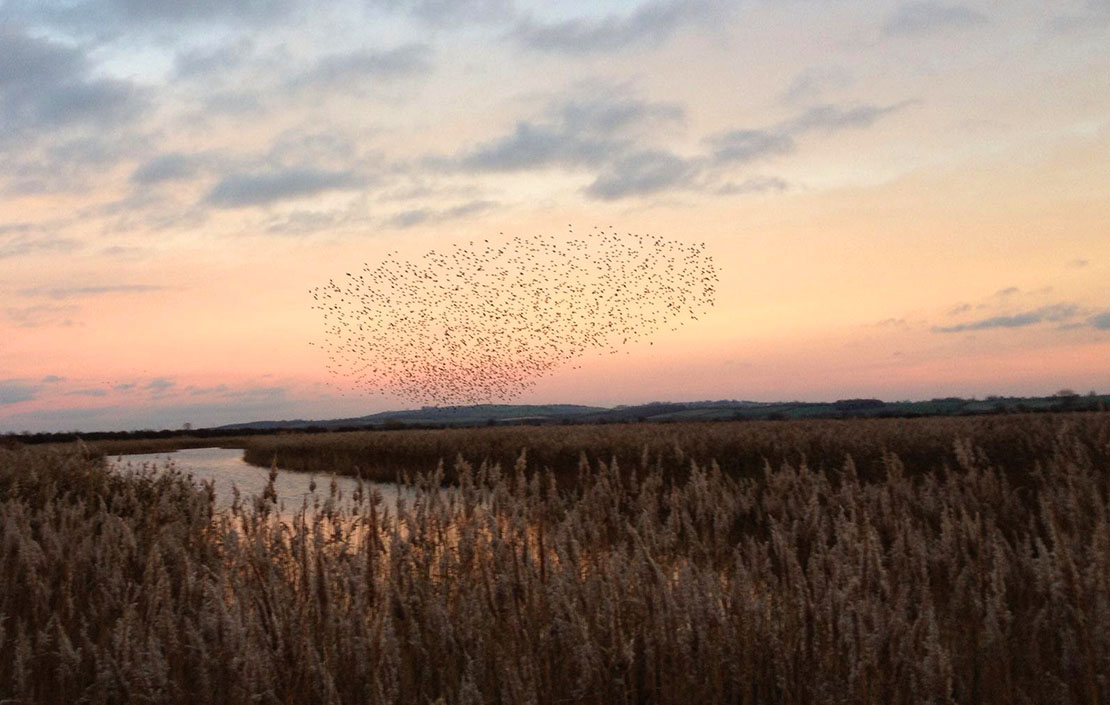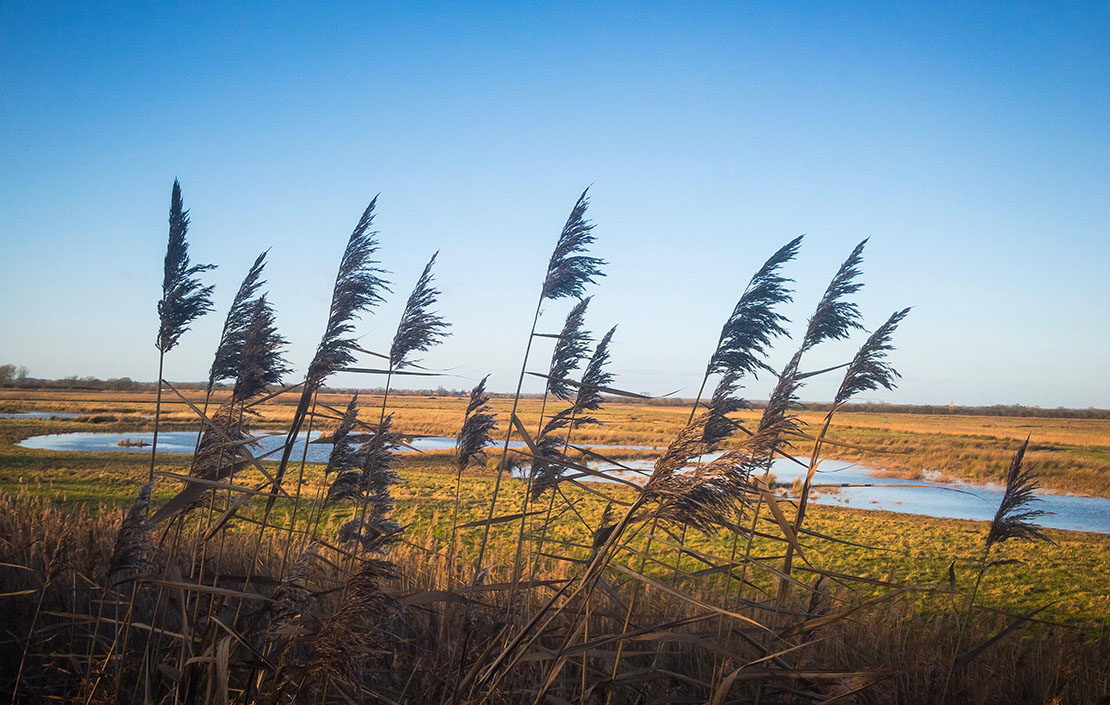Otmoor, the majestic Oxfordshire landscape that inspired Lewis Carroll, under threat once more
It's over a generation since Fiona Reynolds helped the fight to save Otmoor, a beautiful lowland wetland just outside Oxford. Now, it's under threat once more.


Thirty years ago, Otmoor was saved from being obliterated by the M40. It’s an extraordinary, atmospheric place: a low-lying basin just east of Oxford, long designated as a nature reserve for its bird populations. Its distinctive chequerboard landscape is said to have inspired Lewis Carroll’s Alice through the Looking Glass.
I remember the fight vividly. At the time, I was secretary to the tiny Council for National Parks and we shared an office – 4, Hobart Place – with the larger, formidable CPRE. The new motorway was projected to run in a straight line almost due north-south to the east of the city and, quite apart from the cultural associations, it would have sliced through one of the most important lowland wetland habitats in England.
Otmoor’s reprieve – a collaborative effort between CPRE, RSPB and the Wildlife Trusts – is etched on my memory. The Department of Transport’s own analysis of the motorway’s environmental impact recognised that the proposed crossing of Otmoor on a low embankment would have ‘particularly serious effects for Otmoor’s special sense of place’ and ‘disturb an otherwise remote area’.
Ministers agreed, if somewhat reluctantly, and, as anyone who can read a map can see, the M40 now takes in a wide loop east of Oxford.

How can this precious place be once more in the line of fire? Today, the threat is the much vaunted Oxford-Cambridge ‘arc’, a new way of describing the swathe of Middle England’s countryside that’s set to be engulfed by a new railway and road, plus up to one million houses.
Yes, you read it right: one million. And, although there’s certainly a case for some development here, unless something radical happens to planning policy and the way it’s implemented soon, there’s a real risk that these houses will be built as huge, car-dependent estates instead of sustainable and beautiful places to live.
The lack of public consultation and environmental assessment – so far – is particularly bewildering, as the mega-plan could impact an area of countryside the size of Birmingham. I decide to walk in the thick of it, before a bevy of roads and houses changes this landscape for ever.
Sign up for the Country Life Newsletter
Exquisite houses, the beauty of Nature, and how to get the most from your life, straight to your inbox.
"I can almost feel the suburbanisation that’s heading this way"
I start my walk right next to Otmoor, in the aptly named village of Fencott, perched just above the reserve. I drop down to the edge of the Otmoor basin and skirt around it to the east for a mile or so, watching winter-visiting birds wheel through the grey November skies. The path takes me beside long, thin strips of land that are the remainder of Murcott’s historic enclosed smallholdings.
I turn and head almost north, crossing the M40 on a farm track towards Ambrosden. Here, in an almost flat landscape whose skies are broken only by trees and telegraph poles, I can almost feel the suburbanisation that’s heading this way. A new road leaving Oxford to the north-east seems inevitable, whichever ‘corridor’ is picked, and there’s no nature reserve or protected landscape to stand in the way of ‘progress’.
It is beautiful, however. I photograph a gaunt oak, its limbs bleak against a pinking sky, and am moved by its dignity. Choosing my route along footpaths to create a circle, I walk first beyond and then back through the ancient village of Merton, crossing a field and a stream of disquieting serenity, its deep pools reflecting the early setting sun. Two muscular Suffolk rams look down their black noses at me as I pick my way in the gloaming back across the M40.
As I return along ancient trackways to Fencott, I have reason to hope – and believe – that Otmoor will be reprieved once again. I’m less confident that the quiet, rural surroundings of Ambrosden and the Upper Ray valley will stay to delight another generation. I think, perhaps, I’ve seen it at its best.
Fiona Reynolds is the Master of Emmanuel College, Cambridge, and the author of ‘The Fight for Beauty’. Follow her on Twitter @fionacreynolds
Fiona Reynolds is chair of the Food, Farming and Countryside Commission, the former director-general of the National Trust, former Master of Emmanuel College, Cambridge, and the author of The Fight for Beauty. Follow her on Twitter @fionacreynolds.
-
 RHS Chelsea Flower Show: Everything you need to know, plus our top tips and tricks
RHS Chelsea Flower Show: Everything you need to know, plus our top tips and tricksCountry Life editors and contributor share their tips and tricks for making the most of Chelsea.
By Amie Elizabeth White
-
 Hidden excellence in a £7.5 million north London home
Hidden excellence in a £7.5 million north London homeBehind the traditional façades of Provost Road, you will find something very special.
By James Fisher